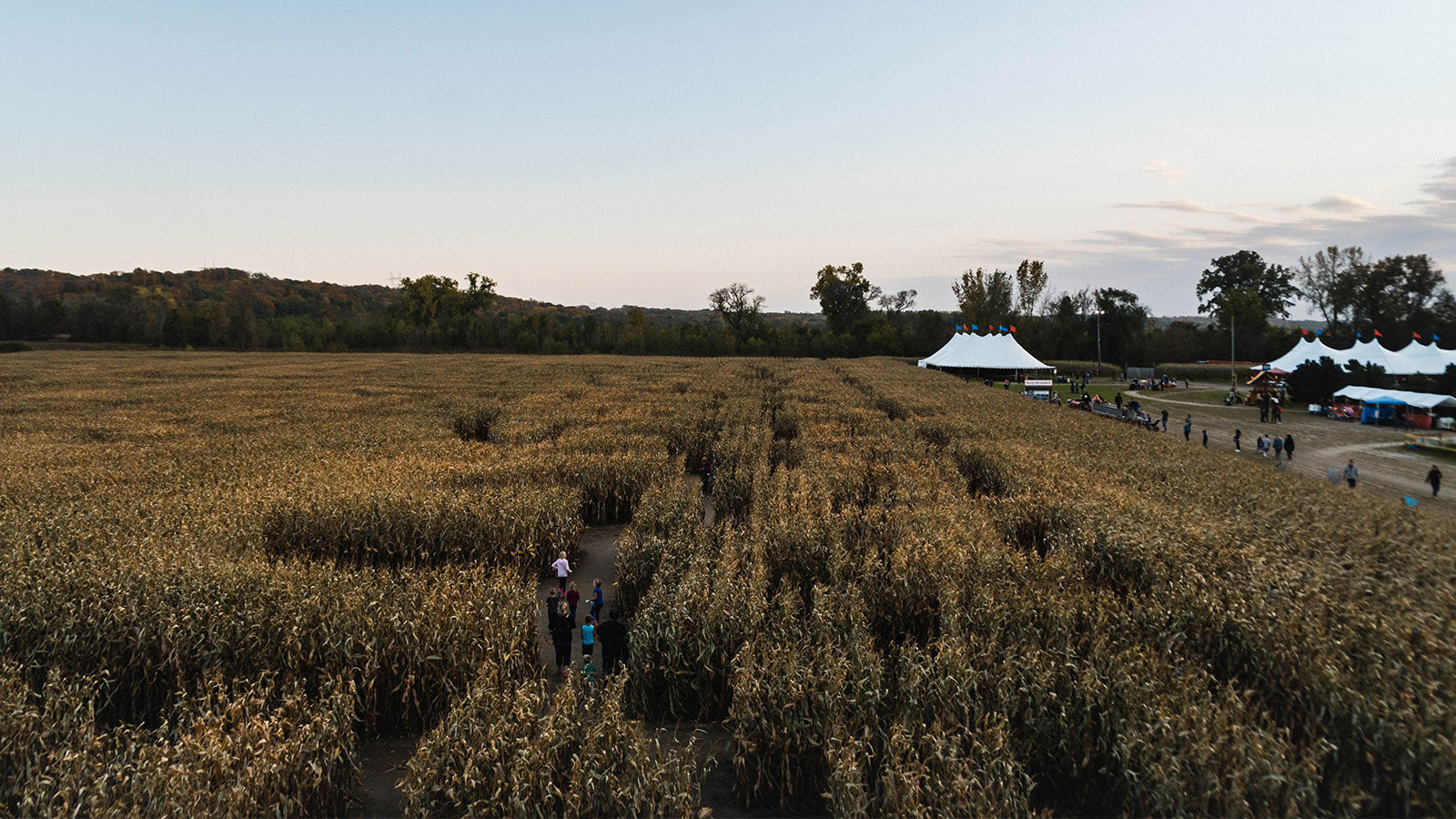CORN MAZE ARCHIVE
-
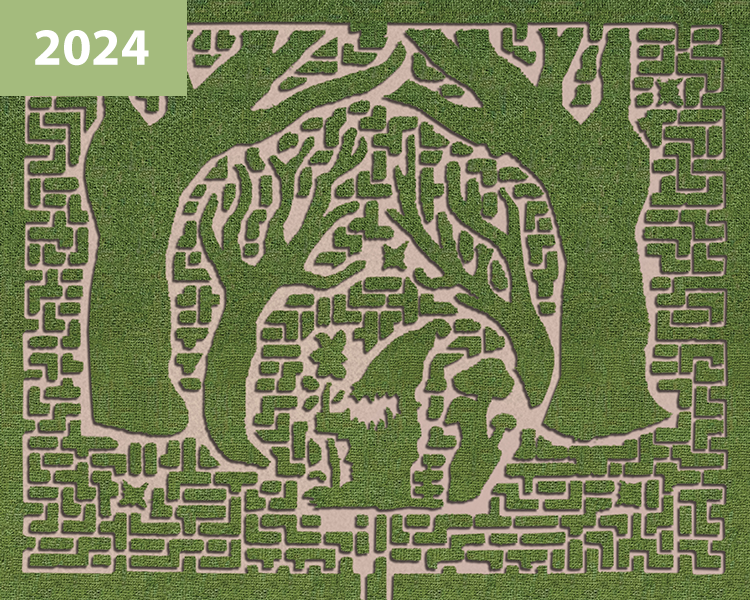
Magical Forest
-

Robots
-

Harvest
-
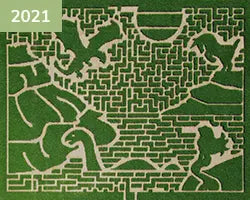
Mythical Creatures
-
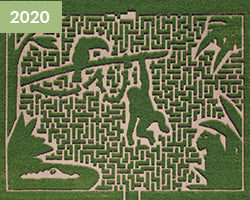
Amazon
-

Jurassic Adventure
-
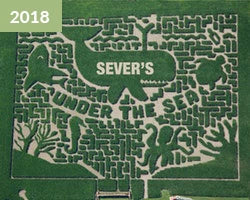
Under the Sea
-
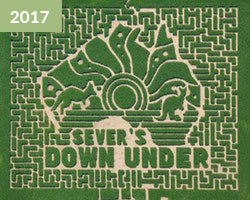
Down Under
-

20 Years of Sever's
-

Fire Truck
-

Locomotive
-

Minnesota
-

Farm
-
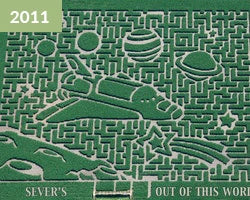
Out of This World
-

Vikings: 50 Seasons
-

Pirate Adventure
-

Election Vote
-

Wild Wild West
-
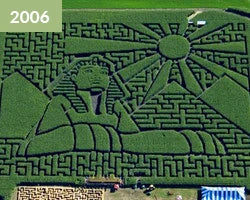
Egypt
-
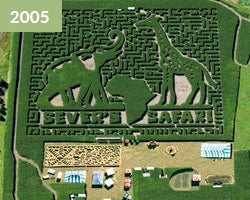
Safari
-

Election
-
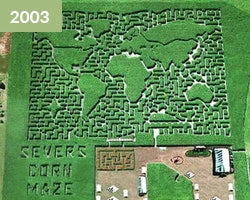
World Map 2
-

World Map
-
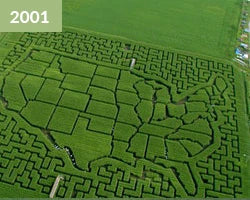
United States
-

Election
-
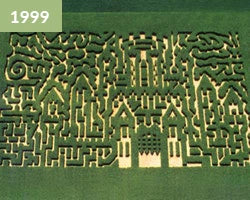
Enchanted Castle
-
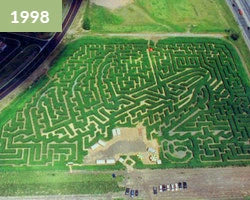
Titanic
-
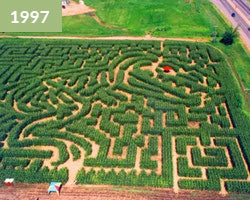
T-Rex
HISTORY OF MAZES
The root of mazes can be traced all the way back to Greek Mythology. The most famous & well-known maze, according to legend, is “The Labyrinth of Knossos,” where Thesesus fought the Minotaur (a half-man, half-bull monster). After killing the Minotaur, Thesesus found his way out of the labyrinth using a trail of twine he had laid down at the entrance.
The most well-known type of full-size maze is the topiary, or hedge, maze. The earliest references to topiary mazes date back to the 13th century in Belgium. By the 16th century, hedge mazes spread to England, and in the latter part of the 17th century, King Louis XIV had a labyrinth constructed as a part of the gardens at Versailles, France.
Originally constructed in 1690, the Hampton Court maze in England is the oldest hedge maze ever built. Although it only occupies a quarter of an acre, it is still very popular. Like most hedge mazes, the shrubs that form the Hampton Court maze’s walls are taller than the height of most of its visitors.
In recent years, corn stalk mazes like ours have become popular, particularly during the fall season in the United States, showing a new generation of maze-goers the route to good, old-fashioned fun.

